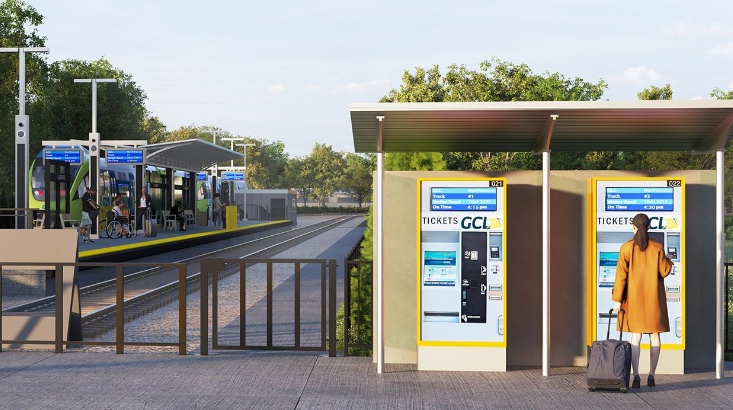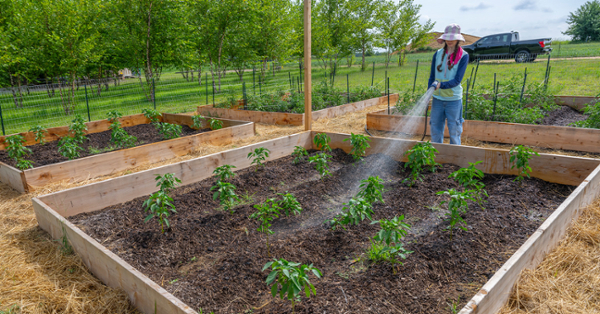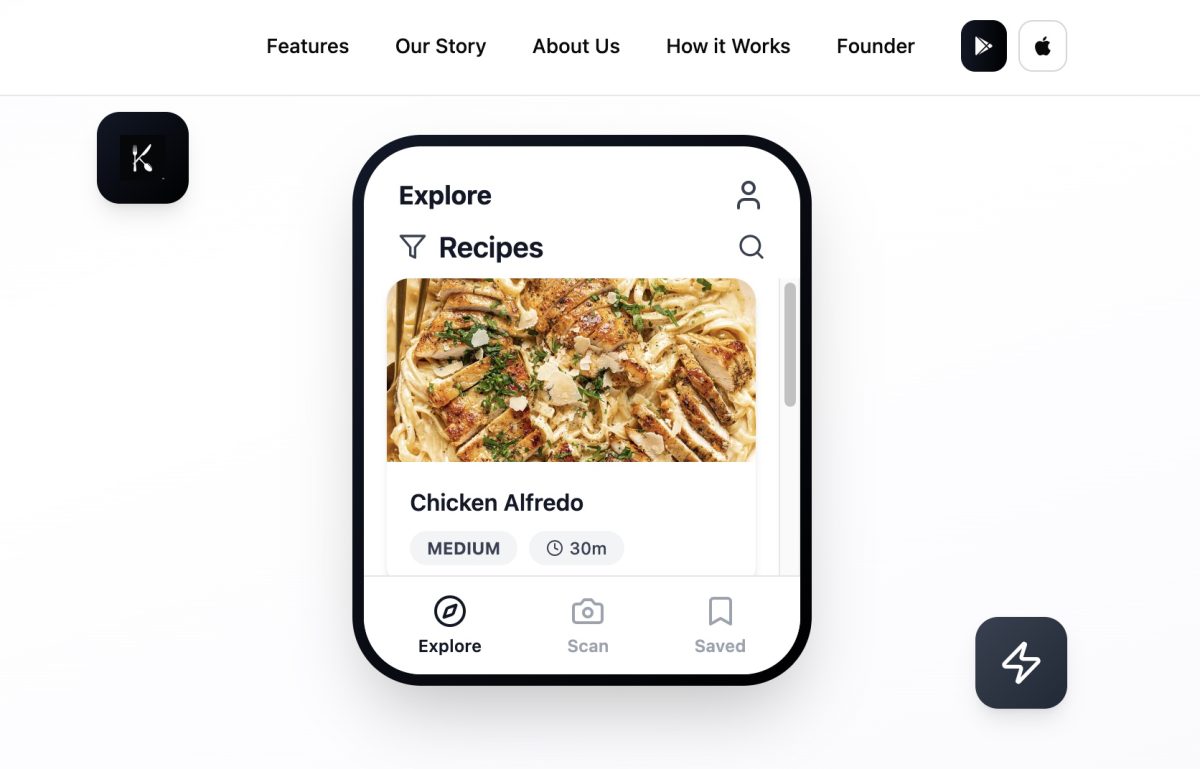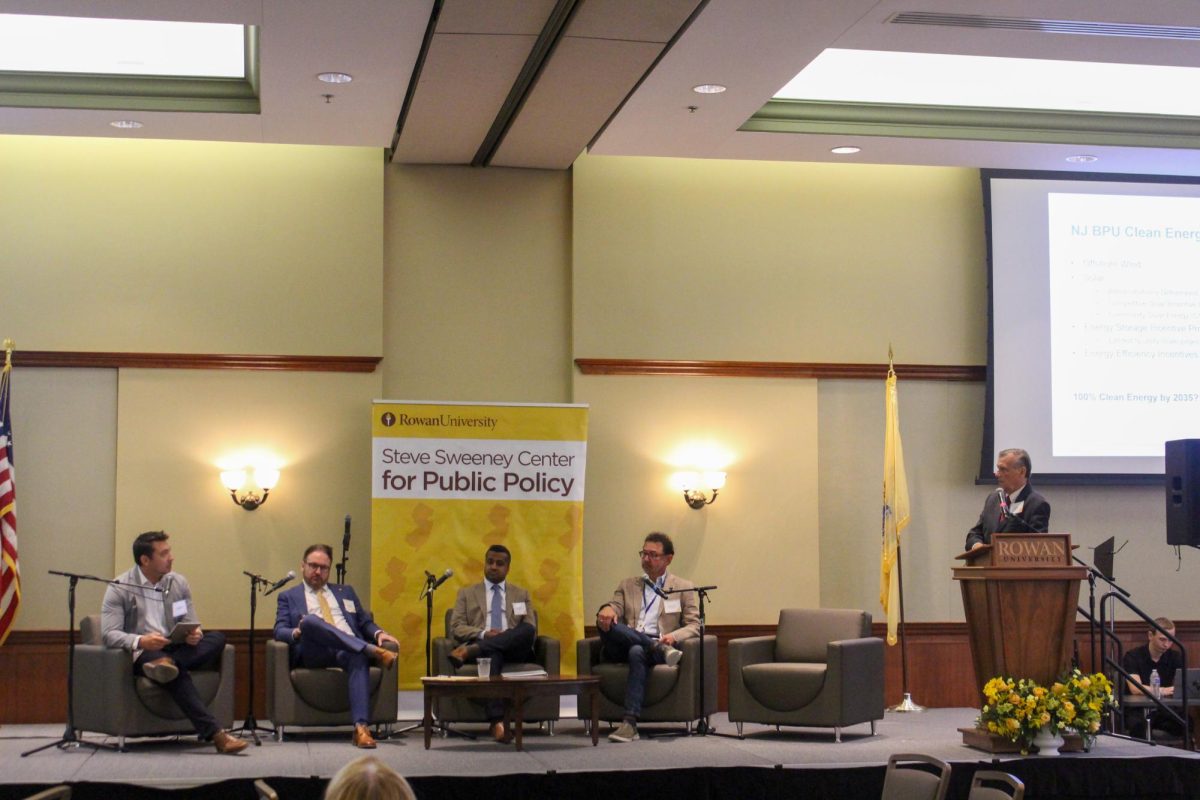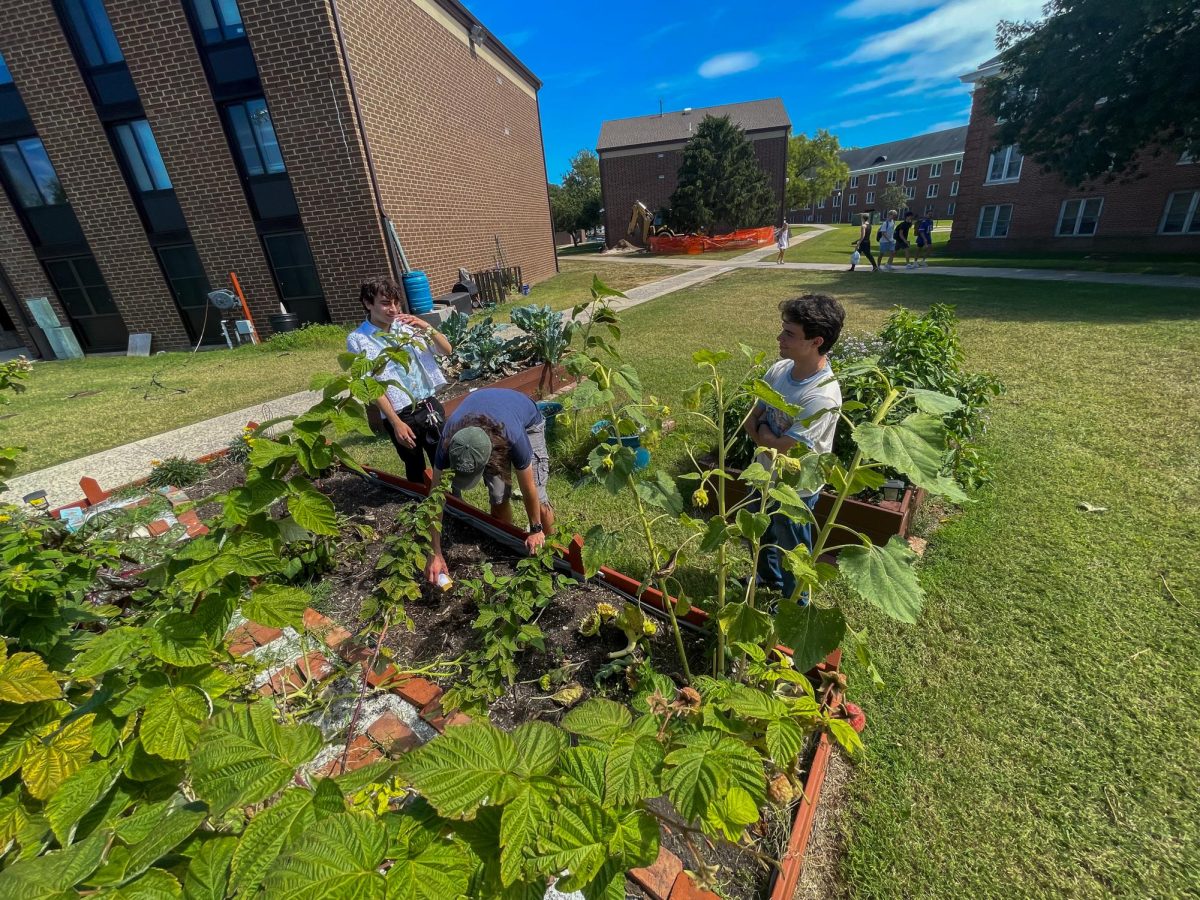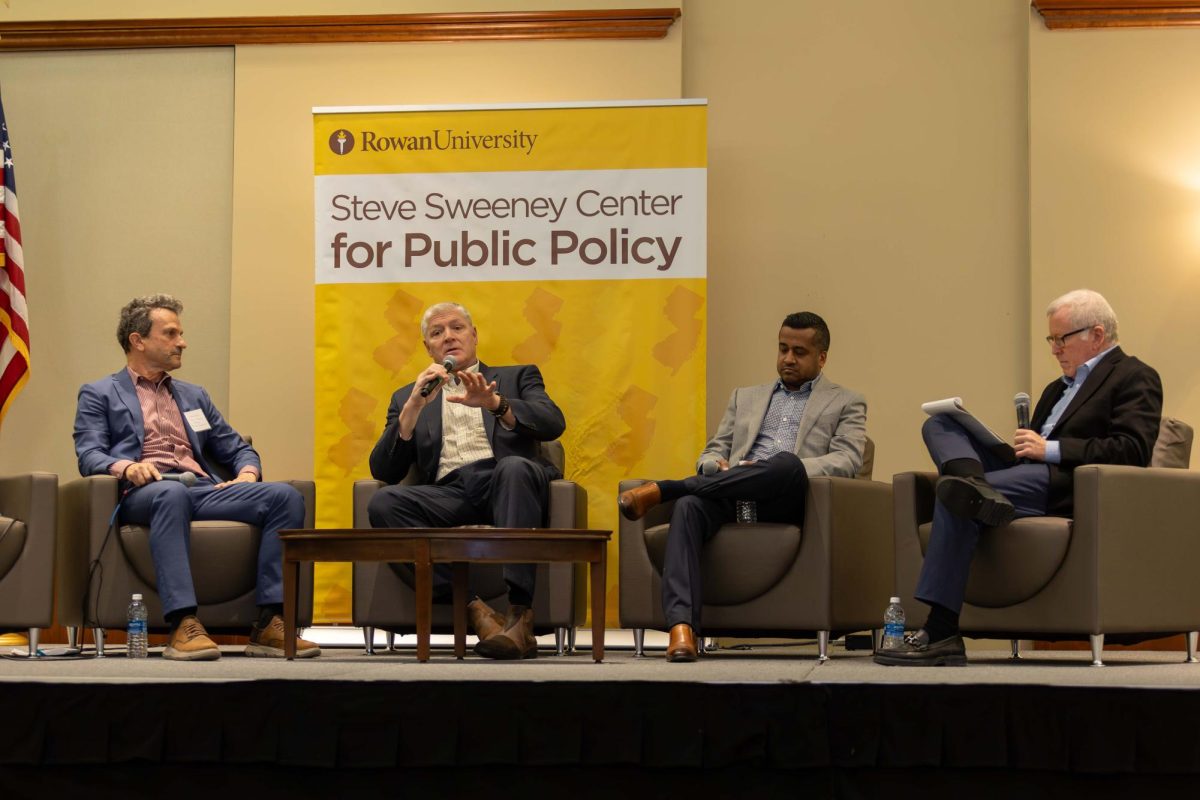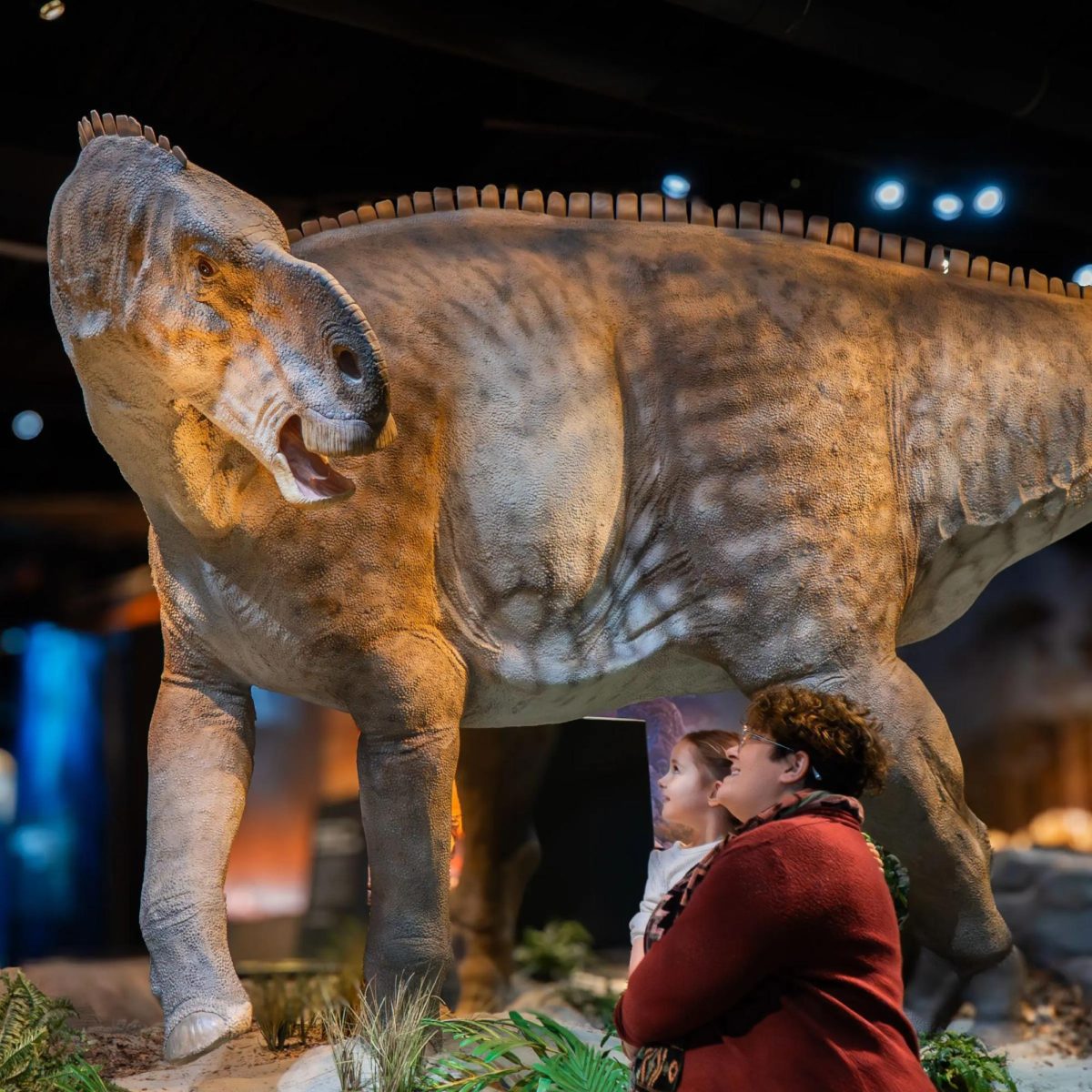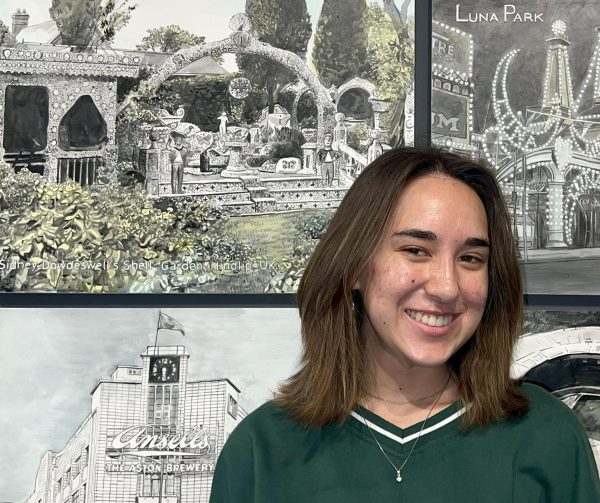Rowan University continues to grow more than ever, as its largest freshman class was enrolled this fall. With the influx of students, the issues surrounding traffic and transportation are becoming more salient as well.
This year, the 2024 Glassboro ballot will include two non-binding ballot referendum questions, one about the proposed rerouting of Route 322, which runs right through Rowan’s campus, and one question about the Glassboro Camden light rail, a state project that would create an 18-mile commuter railroad connecting Glassboro to Camden.
The light rail project is a state project that has been in the works, long before this year’s election. It’s currently in stage four of its six-step process, which is the preliminary engineering design phase.
“There’s really no rail, light rail for passenger travel anywhere…there’s nothing in Gloucester County, nothing in Salem, Cumberland, and it is a college town, so kind of makes sense to have a rail line…to get to Camden, and get to Philly,” said Chad Bruner, the Gloucester County administrator who also serves as the chair on Rowan’s Board of Trustees.
The railroad would run through Camden and Gloucester County, and is intended to be a means of public transportation for commuters, as well as connect two of Rowan’s campuses. The referendum is non-binding, but it serves as a means to gather residents’ opinions on the matter. Regardless of what way the vote goes, the project is a state initiative, not the town’s, so the results will not guarantee that things will move forward or come to a halt.
The second question about the 322 bypass has been quite controversial. The initial plan for the 322 bypass, proposed at a town meeting earlier this year in July, caused some stir among Glassboro residents. According to 6ABC, the initial plan was to create two ways to divert traffic, one with a truck bypass, and “the second piece would involve creating a parallel road between Girard Road and the rail corridor that would continue along High Street to Route 47/Delsea Drive.”
After getting feedback from residents, the first proposal, the one that involved Girard Road, is no longer being considered. The new proposed plan will still re-route traffic away from Rowan but will do it without involving Girard Road and High Street. This means that the results of the non-binding ballot question are a means of gathering public opinion on whether residents want a bypass, but since it’s non-binding, and the new proposal has not yet been finalized, the referendum will not approve or deny the proposed roadway.
“The ballot question is kind of a mute point at this point, because one of the original proposed roadways is not being done. It’s been scrapped. It was going to go down Girard Road, part of it was going to go down Girard Road, 322, to Girard right where the railroad tracks are. But that’s no longer being considered,” said Bruner.
The new plan will create a bypass off of Rt. 55, meaning that trucks will get off of Exit 48, and take Ellis Mill Road to get into Glassboro. For other vehicles getting off of Exit 50, Route 322 will go down Dr. Leo McCabe Blvd. next to Inspira Hospital and connect with Ellis Street to get to downtown Glassboro.
A Glassboro resident himself, Bruner has seen first-hand how congested and potentially dangerous the road can be. The proposal seeks to mitigate the issue that students and residents have with traffic and pedestrian accidents on Rt. 322. The most recent one involved a blind student and service dog being struck while traveling across the road.
“I think we all can agree that there’s an issue with traffic in the town. We need to fix it, we need to fix it now before it’s impossible to fix,” Bruner said.
Despite the initial backlash and negative feedback that the bypass received, Bruner explained that the community’s opinions and concerns were a crucial part of the planning process. The county is expected to have the official new proposal ready by early 2025.
“It’s great to have the public participation because they helped change where it was going to go already, regardless of the ballot question. It’s already done, it’s already been changed. We’ll probably have the next design, probably sometime in January, February, have another public meeting and hopefully answer any other questions and make some revisions along the way,” said Bruner.
Mayor John E. Wallace III also made note of the feedback from residents and explained that he and the county want to ensure all residents feel like their voices are heard and concerns are considered in decision-making. After learning that residents did not support the bypass passing through Girard Road, he wanted to figure out why and help create a solution that would compromise to address these concerns.
“We found out they were upset because they thought the bypass was going right through their neighborhood. That turned out to not be the case…We as the borough go to the county and say, ‘hold on a second before we move to the next step in this process, we need to address the issues of our residents, because they’re not happy with what they hear,” Wallace said.
Many of the residents who were present at the meeting were not happy with the initial proposal. Among these was lifelong High Street resident, Francine Sherteel. The original bypass proposal was something she did not support– as she felt that the university was “taking” more of the town that she grew up in.
She attended the meeting back in July and felt like the proposal did not reflect what residents wanted, but rather reflected what would be best for the university and the town’s businesses as they continue to grow and expand. Having lived in Glassboro her entire life, she’s watched as properties have been taken to fulfill large projects like Rowan Boulevard.
“It would impact a lot of us, and that’s why, and people don’t, they don’t want that in Glassboro, the college has enough. We don’t mean to be mean, but the college has, they have taken everything. So, like, if you want to take it, then take it, then you should take everything on this side of town, okay? And then say goodbye,” Sherteel said.
She is concerned about road safety on High Street as it is right now, but even with the new route which has cars traveling down Ellis Street, she worries about the safety of her family and local families living in her neighborhood. Traffic accidents along her street are not uncommon, and she worries about her grandchildren who enjoy playing outside. As she’s watched the town and the college grow, she fears that the “family-oriented town” she once knew slips further away.
“People are not moving to Glassboro because it’s not a friendly, family-oriented town anymore. Really, for kids, you see my grandchildren, they can’t ride their bikes on the street or they’ll get hit by a car…my point is, just buy everybody out, Rowan, and let us, you know, go on with our lives, somewhere else,” Sherteel said.
In her opinion, the ideal bypass would avoid Glassboro completely, and connect further away from the downtown and residential homes. While the bypass wouldn’t necessarily impact her street anymore, she worries for residents of Ellis Street with the increase in traffic through their neighborhood.
“I’d say, just reroute it all the way out and not come through Glassboro at all…even if it’s going to go down Ellis Street, that could affect me still, but it also could affect a lot of other people too,” Sherteel said.
The university is not spearheading this project as it is under the county, but creating a campus without a major roadway running through it is a part of their master plan as an effort to mitigate accidents and create a more cohesive campus.
“We’re master planning right, as if that road area is going to be closed off and we have ideas for that, that would make it an attractive area and an area where people would be able to still gather, but in case of emergencies and services that they would be able to get through,” said Rowan’s Vice President for Facilities and Operations, Joseph Campbell.
This means that the center of Rowan’s campus would become a walking district, but emergency vehicles would have enough space to get into university buildings. The first reason for their support of a closed campus is safety for students, faculty, and visitors who travel between the north and south campuses.
“The number of students that cross from the north side of campus to the south side of campus across 322, the number of students there and the number of not just students, faculty, staff, visitors. There’s a lot of people that walk through there and I come in early in the morning, so I’m driving on that road at 6:30 am and people go through that area pretty quickly,” said Campbell.
Eliminating road traffic is also intended to create a sense of community and unity, joining the two sides together. For some students, the closing of Rt. 322 is something that they want, as the current road can be difficult to navigate as they travel across campus.
“I think it clogs up not only the traffic in Glassboro but also it just makes navigating campus really frustrating. So I think that sounds like a great idea, especially because a lot of our [parking] lots are kind of on the other side,” said Isabella Capelli, a sophomore nutrition major.
Capelli also referred to foot traffic across the street as a “nightmare,” saying that a rerouting may spread out the traffic more equally and proportionally.
“I think crossing it is a nightmare. I think there’s a lot of traffic, I think it’s very busy, I think a lot of people speed down the road…it’s traffic regardless, and so maybe rerouting it would help split up the traffic,” said Capelli.
There are some students however who feel like changing the roads would be more of a hassle than it would be beneficial. Since a lot of locals and commuters are used to the road as it is, it might interrupt their current routes and routines.
“I just feel like that road is always so busy with cars having to stop for people to cross and everything, but I think it would be a lot for it to just be rerouted because everybody’s so used to that route,” said senior psychology major, Sean Connolly.
As these projects move forward, the referendums will provide local officials with a general idea of how the public is feeling. While students may not anticipate a direct impact on their lives, they are nonetheless encouraged to vote in local elections, for themselves and for future students to come.
“I think it’s very important for students to be engaged in the election process, because a lot of times they’re not, and obviously there’s a lot of controversy with the presidential election but you know, the students should have their voices heard, because what’s going to happen in the next 4, 8, 12, years is going to impact them,” said Bruner.
An earlier version of this article originally appeared in the The Whit, a student-operated campus news outlet for Rowan University and a content partner with South Jersey Climate News.

